Foods that are white include coconut, rice, milk and garlic, all useful and essential choices when it comes to eating the rainbow diet. This white food idea list is complete and includes my coconut cream smoothie for a way to eat white foods.
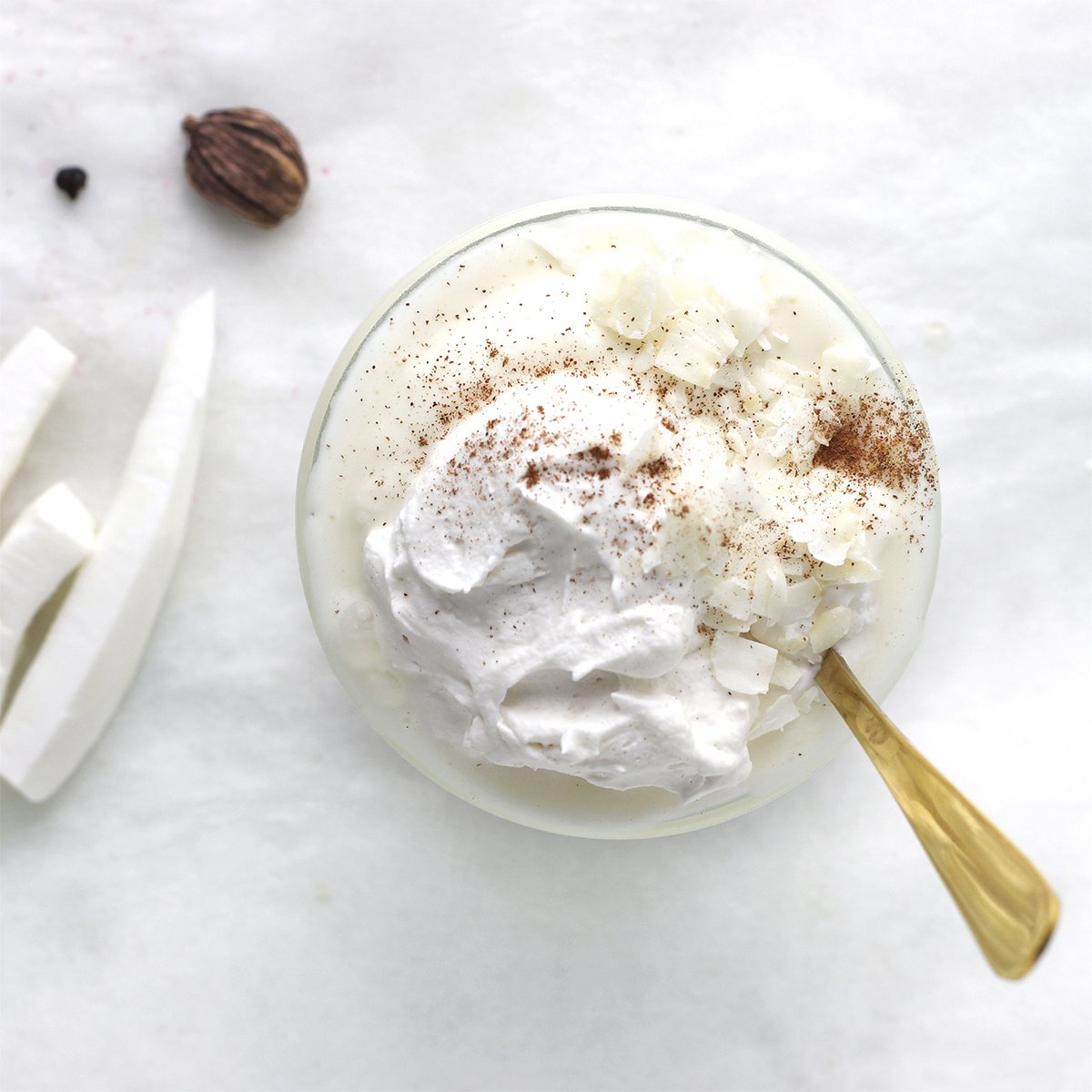
Including foods that are white in your daily diet to guarantee a rich intake of hard-to-find nutrients such as folic acid, and folate. White foods generally also provide protein. Adding white foods, along with a rainbow of food colors, is a fantastic way to balance your diet, as is explained in my how to eat the rainbow post. Try my Italian stuffed mushrooms and grilled portobello mushroom steaks, and even my coconut cream smoothie recipe included in this post as a few ways to include white foods in your diet.
Jump to:
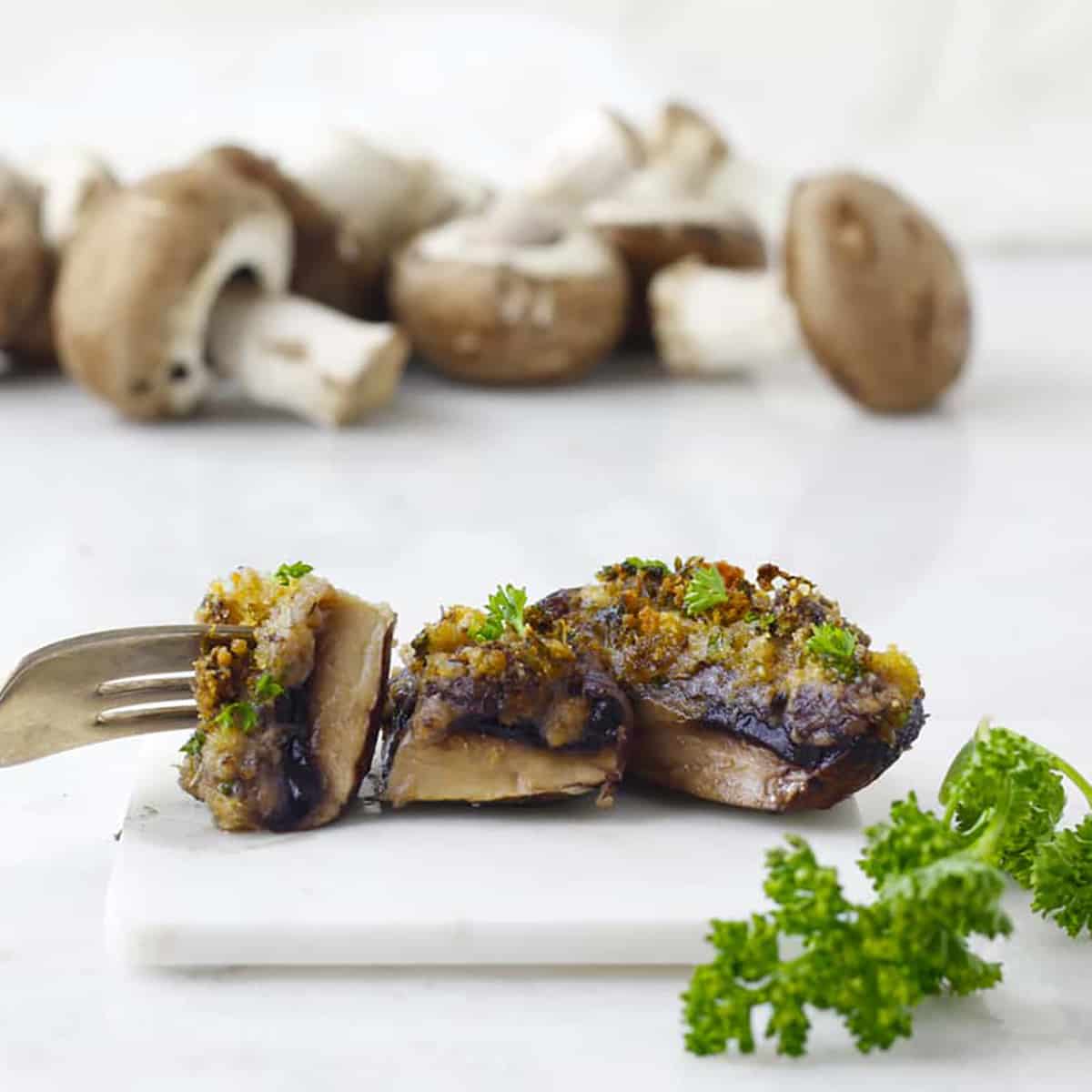
Health & Nutrients
Unlike brightly colored foods, white foods don't get their color from any one condition. While white food nutrition varies according to the fruit or vegetable's chemical makeup and nutrient profile, there are a few overlapping nutritional areas. Many white foods come high in potassium, calcium, and flavonoids which hold potent anti-inflammatory and antioxidant properties. Flavonoids like quercetin and allicin are known for their ability to support the cardiovascular system and provide immune support.
A List of Common White Foods
Chayote
Chayote is a wrinkled vegetable with a crisp texture and a mild taste reminiscent of a cucumber. It provides vitamin C and dietary fiber. Rare varieties include giant white and chocho chayotes.
Coconut
Coconut has a sweet and tropical flavor with a creamy texture. It's high in healthy fats and provides electrolytes. Common types include young coconut, mature coconut, and king coconut.
Cauliflower
Cauliflower is a mild-flavored cruciferous vegetable with a slightly nutty taste. It's rich in vitamin C and contains antioxidants. Popular types include white, purple, and orange cauliflower.
Fennel
Fennel presents itself with a bulbous, white, celery-like base and feathery green fronds, offering a crisp and mildly sweet taste reminiscent of licorice. Slicing or chopping it for salads or roasting brings out its best, and it is a good source of vitamin C and fiber. Popular types include florence or finocchio fennel.
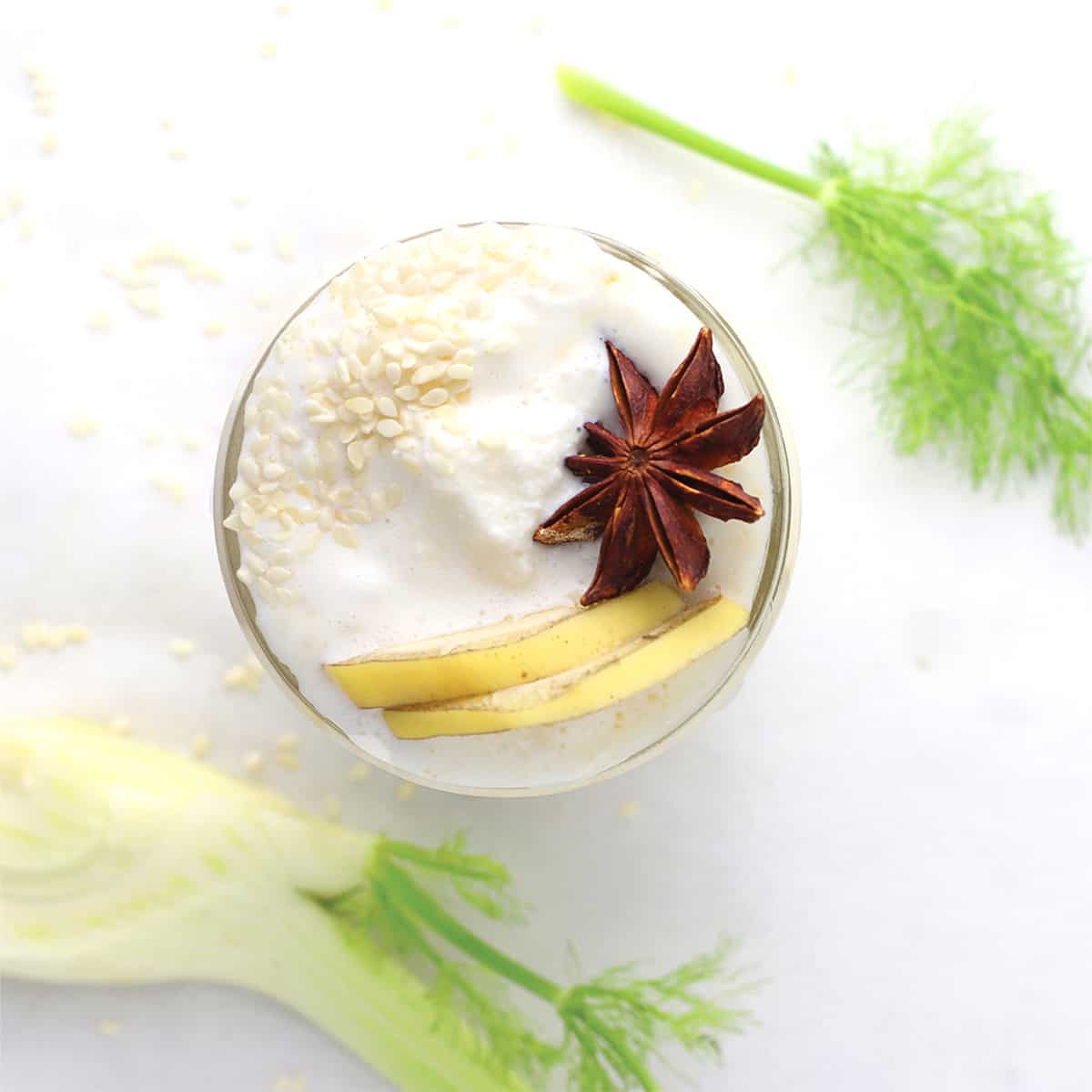
Garlic
Garlic has a pungent taste and is commonly used as a spice. It contains allicin, known for its potential health benefits. Varieties include softneck, hardneck, and elephant garlic.
Horseradish root
Horseradish root, with its long, tapered, brown appearance and strong aroma, delivers a pungent and spicy taste, adding heat to dishes. Grating it into sauces or using it as a condiment is recommended, and it contains vitamin C. Popular types include maliner kren and bohemian horseradish.
Jicama
Jicama is a crisp and juicy root vegetable with a slightly sweet taste. It's low in calories and provides vitamin C. Popular types include Mexican yam bean, Chinese turnip, and Mexican water chestnut.
Leeks
The leek appears as a long green and white stalk with bundled leaves at the top, offering a mild and slightly sweet taste reminiscent of a gentle onion. Sautéing or adding to soups is the best way to cook it, and it provides a good dose of vitamins A and K. Popular types include American flag and king richard leeks.
Mushroom
Mushrooms have an earthy flavor and a meaty texture. They are a good source of vitamin D and provide antioxidants. Common types include white button, cremini, and shiitake mushrooms.
Onion
Onion has a pungent and sweet flavor when cooked. It contains quercetin, a natural antioxidant. Varieties include yellow, red, and white onions.
Parsnips
Parsnips, resembling cream-colored carrots with a broader top, boast a sweet, nutty, and earthy flavor that intensifies after frost. Roasting or mashing them brings out their best, and they're rich in fiber, vitamin C, and potassium. Popular types include hollow crown and gladiator.
Potato
Potato has a neutral taste and a starchy texture. It's a good source of vitamin C and provides carbohydrates for energy. Common types include russet, red, and Yukon Gold potatoes.
Rutabagas
Rutabagas, resembling large turnips with a purple top and white flesh, offer a slightly sweet and peppery taste akin to a potato. Roasting or mashing is optimal, and they are high in vitamin C and fiber. Popular types include American purple top and laurentian rutabagas.
Turnip
Turnip has a slightly peppery taste and a firm texture. It's a low-calorie vegetable rich in vitamin C. Popular types include white, purple-top, and Tokyo Cross turnips.
👉Want to Save This Recipe?
Water chestnuts
Water chestnuts have a crunchy, bulbous shape with a brownish skin and white, crisp interior. They offer a mild, sweet flavor and are often used in Asian dishes for their unique texture. Best enjoyed raw in salads or stir-fried, water chestnuts are low in calories and provide fiber and potassium. Popular types include the Chinese and Trapa varieties.
White asparagus
White asparagus has a milder flavor compared to green asparagus. It's a good source of folate and vitamin K. Varieties include Argenteuil, Palmetto, and Thielim white asparagus.
White peach
White peach has a sweet and juicy taste with a floral aroma. It's rich in vitamin C and antioxidants. Common types include Arctic Supreme, White Lady, and Snow King white peaches.
White radish
White radish, also known as daikon, has a mild and crisp taste. It's low in calories and provides vitamin C. Varieties include Japanese Minowase, Chinese White Winter, and Korean Radish.
Yam bean
Yam bean, also known as jicama, is a crunchy root vegetable with a mild, sweet taste. It's low in calories and provides vitamin C. Some varieties include Mexican yam bean, Chinese turnip, and Mexican water chestnut.
Beans, Seeds, Oats, Pseudo-Grains
Most beans fall under the category of white food, except for black beans. White beans, navy beans, cannellini beans among others are all light in color and provide calcium, protein, fiber among other nutrients.
Also included under the white food umbrella are nuts and seeds, such as cashews, pine nuts, macadamias, Brazil nuts, sesame seeds, sunflower seeds and the like.
Rolled oats, quick oats, steel cut oats, and all these derivatives of wheat fall under the mantra of white food. Pseudo-grains also do, including sorghum and quinoa. And we can't forget the quintessential white food, white rice.
Other Lesser-Known White Foods
Less commonly known naturally white fruits and vegetables include:
Baobab, a fruit native to Africa that is super high in vitamin C. In the USA, it is more often found as a powdered supplement as the fruit is too delicate to travel.
Taro, a root vegetable with a brown skin but white center.
White strawberries found in Europe taste like pineapple.
White watermelon found in Japan, looks and tastes like the traditional type save for a snow-white interior pulp.
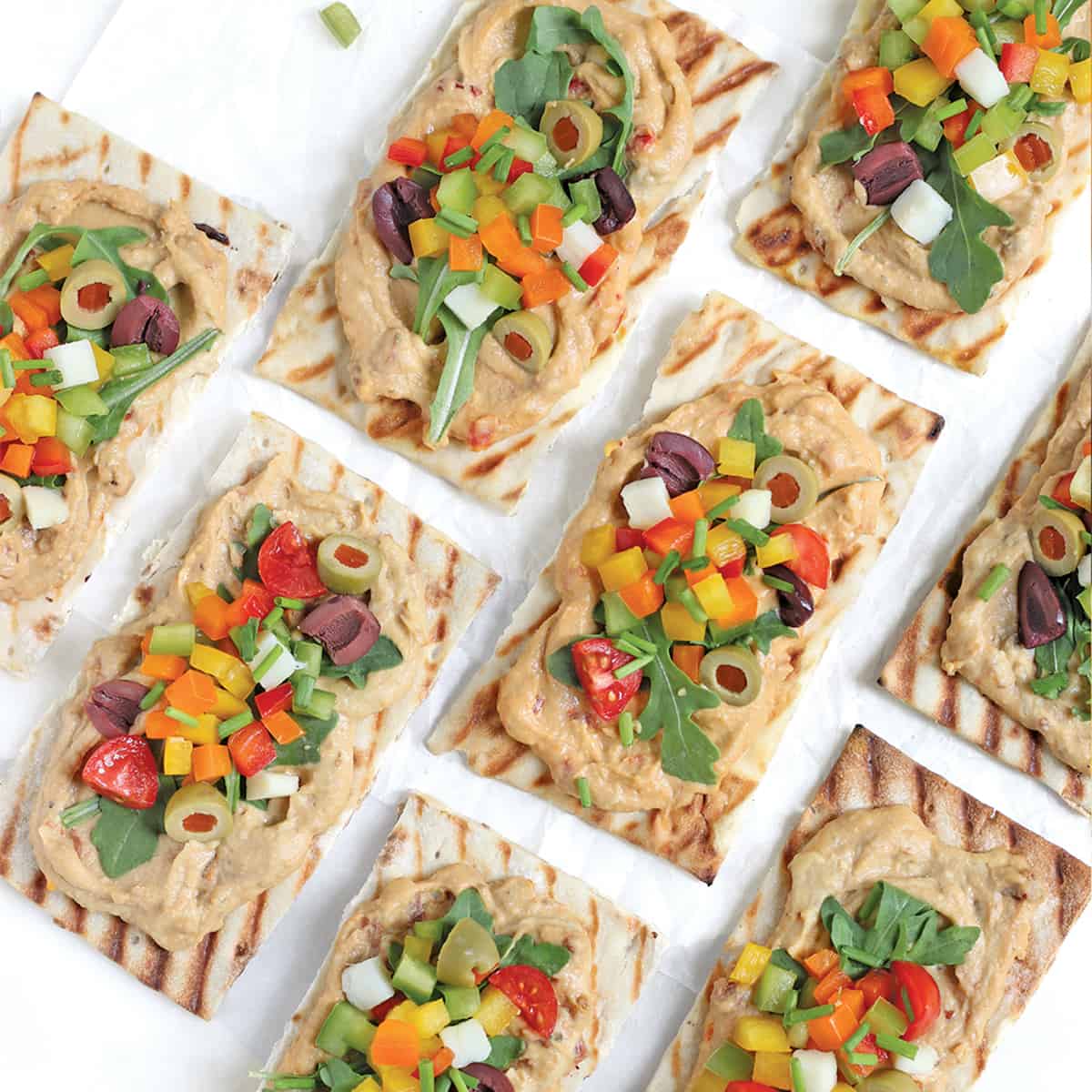
5 White Foods to Avoid
While naturally white foods hold all the benefits of other rainbow foods, processed white foods have a bad reputation. In fact, a common saying is to avoid the 5 white foods of sugar, salt, rice, flour and milk. Generally, these five foods get that dark mark because overconsumption can lead to unhealthy weight gain and illness. Still, with common sense used in portion control, most of those ingredients have a place in a healthy diet.
Be sure and visit the USDA for more detail on the nutrition make up of fruits and vegetables. And remember to run any specific medical questions by your own doctor, as well as to get confirmation that my information works for you as I am not a medical professional.
FAQS
Scientists define fruits and vegetables as being white on the outside and sometimes the inside. And the color can even run to beige as with chickpeas and parsnips.
Typically this answer illicits responses of processed foods containing flour and sugar, but there are plenty of white fruits and vegetables that can be served. Bring a fruit salad with dragon fruit, pears, peaches and other white-interior fruits. Steam cauliflower can be dressed into a side dish with onions, and vegetable sushi works made with white rice.
Yes, it is full of healthy fats from coconuts which hold MCTS, known to support weight loss. Coconuts are also rich in magnesium, copper, selenium and are very healthy for your diet.
More Color Themed Foods
If you tried this recipe or any other recipe on my website, please leave a 🌟 star rating and let me know how it went in the 📝 comments below. Thanks for visiting!
📖 Recipe
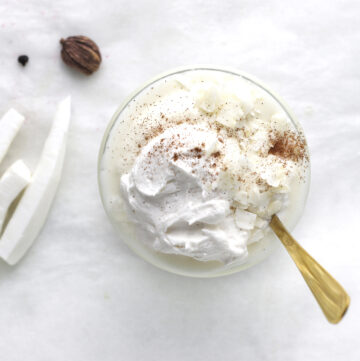
Foods that are White: Coconut Cream Smoothie
Equipment
Ingredients
- 1 cup coconut milk, canned preferably
- 1 tablespoon maple syrup or date
- ¼ cup milk ice cubes, loosely packed
- ¼ cup pineapple chunks, frozen*
- ⅛ teaspoon salt
👉Want to Save This Recipe?
Instructions
- Add all the ingredients to a blender and process until the mixture is smooth, about 30 seconds. Enjoy immediately or refrigerate for 24 hours.
- For long term storage, pour into ice cube trays and reblend when ready.

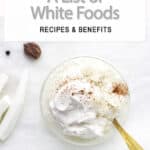
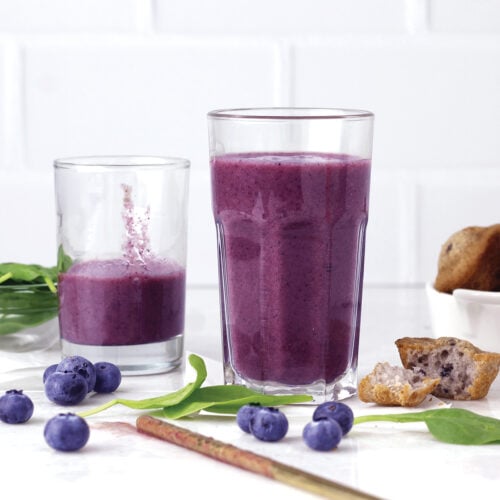

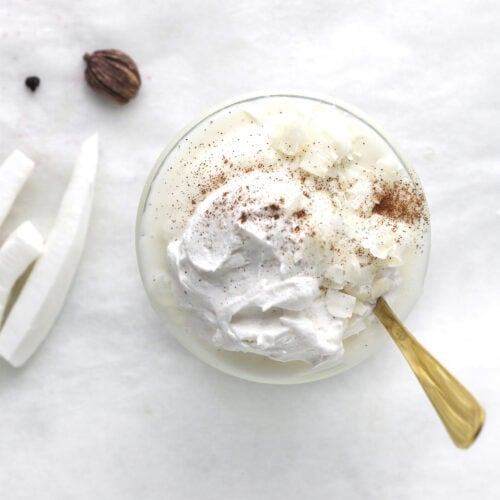


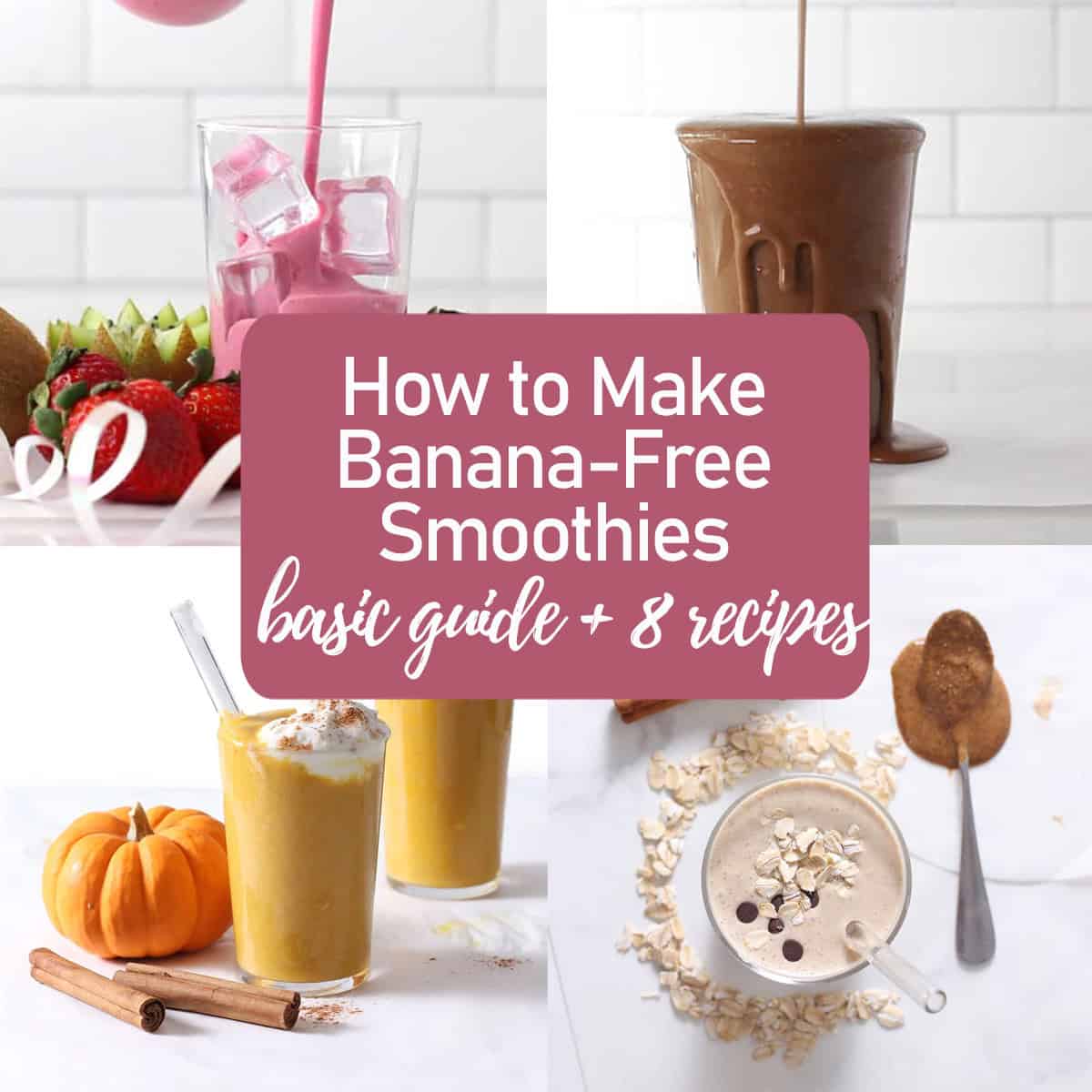
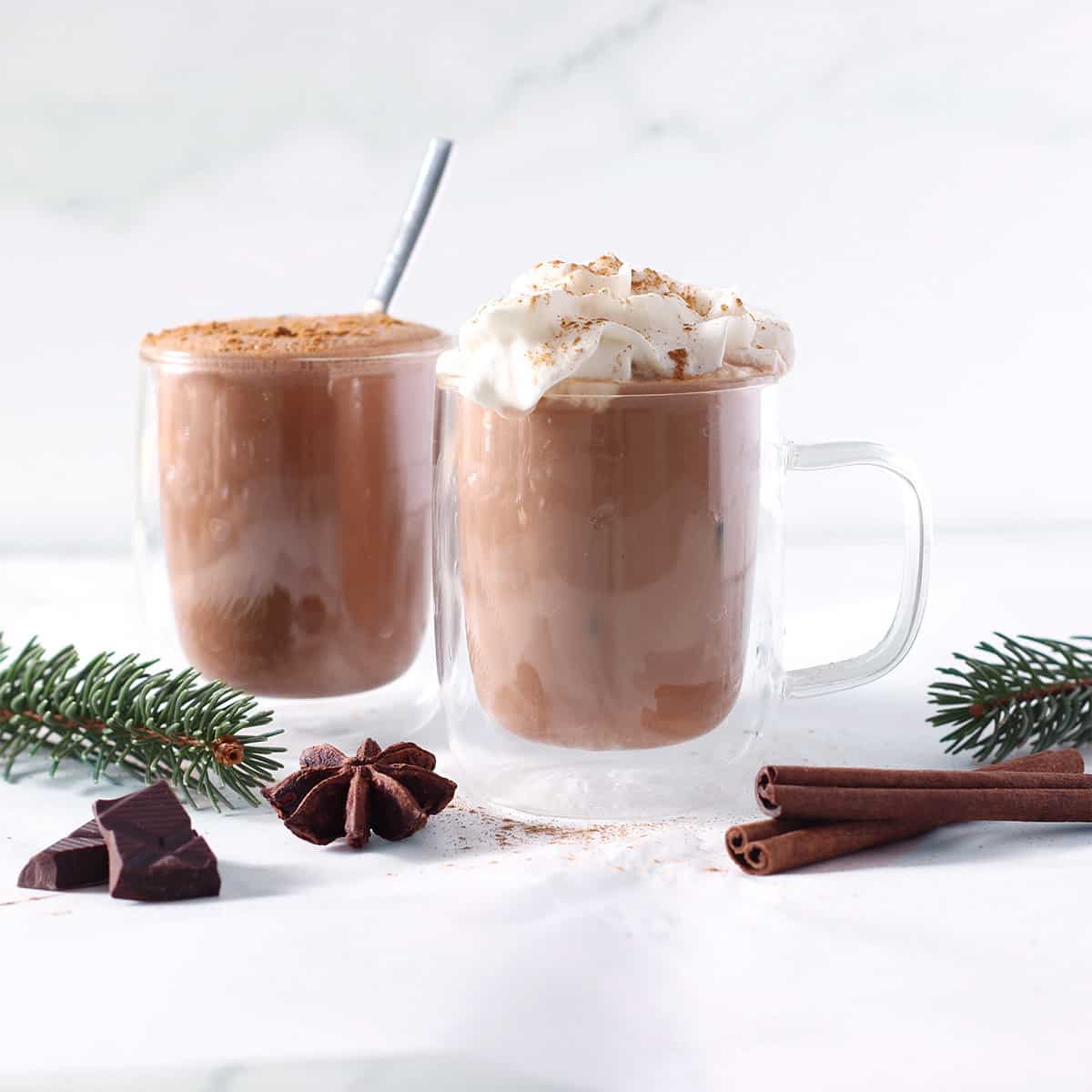

Leave a Reply